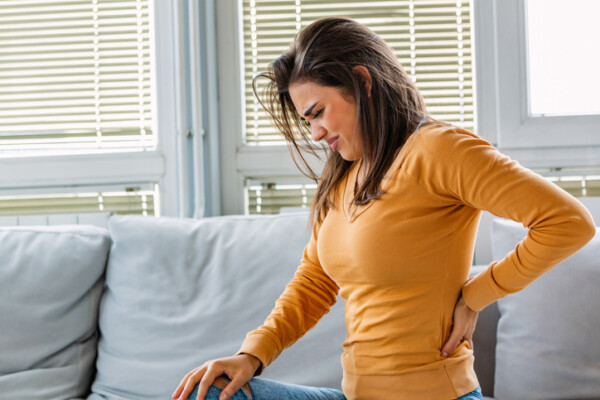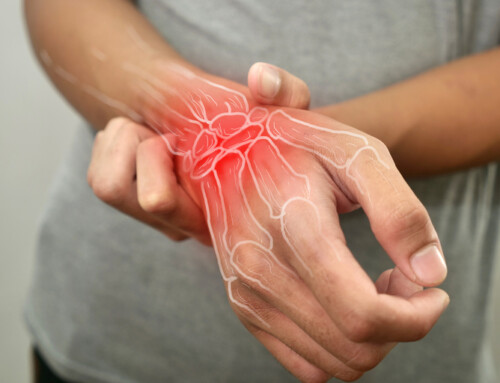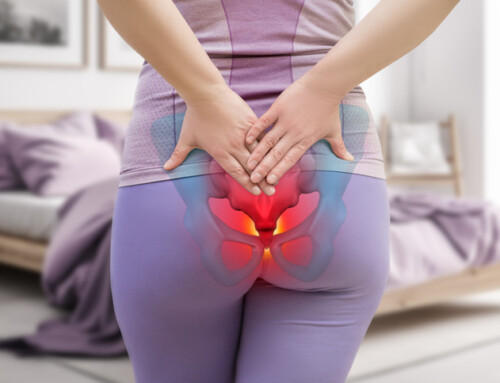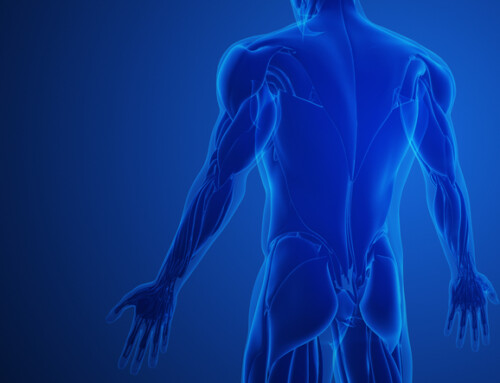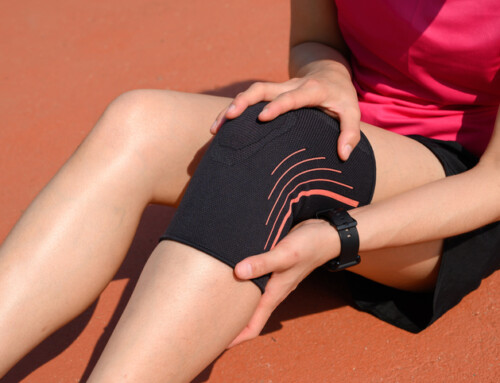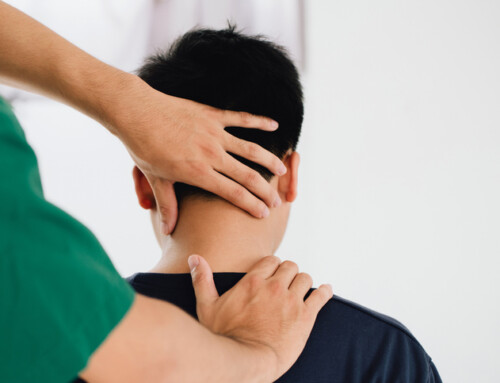What Causes Low Back Pain
Your lower back is at the bottom of the spine, known as the lumbar spine. The spine is made of individual bones called vertebrae, which make up the different sections of the spine – Cervical, Thoracic and Lumbar. In the lower back, there are 5 vertebrae with discs between each bone. Additionally, the pelvis attaches at the bottom and is the connection from your trunk to your legs. The pelvis is made of two hip joints and the sacrum, which supports many muscle attachments. The lumbar spine has a lordotic curve, which makes a C curve to distribute the weight of the spine and reduce compression of the discs. When we have muscle imbalances, muscle weakness around the low back and pelvis, and misalignment of our spinal and pelvis anatomy, it contributes to low back pain.
Who is at Risk for Low Back Pain?
Low Back Pain (LBP) is a condition that is experienced by various patient populations. This includes older adults and athletes who have done repetitive movements over long periods of time. Examples of sports include rowing, field hockey, soccer, and volleyball. Older adults aged 50-54 years are the highest age group with pain. Risks for adults include high workloads that involve bending over and twisting. Repetitive strenuous activities put strain on the muscles and bones of the lower back. Additionally, sitting for long periods can also cause pain, as the supportive muscles of the trunk weaken over time.
There are a variety of conditions associated with LBP, including disc herniations, spinal stenosis, spondylolisthesis, spinal fractures, and arthritis. However, not everyone experiencing LBP has a medical issue. This is known as having non-specific low back pain.
How Does Physical Therapy Treat Low Back Pain?
Our physical therapists in Queensbury, Malta and Saratoga use several techniques to manage and treat low back pain, including pelvic control and core strength exercises, glute muscle activation, and modalities, like, heat, ice and soft tissue manual therapy.
Pelvic Control: Most patients with LBP have a pelvic tilt imbalance, either excessive anterior or posterior tilt. With an anterior tilt, your pelvis tilts forward, causing hyper lordosis of the lower back and increasing the C curve. Therefore, it strains the supportive back muscles. Physical therapy incorporates exercises that challenge you to maintain a neutral pelvis by activating core and glute muscles. Some examples include bird dogs, glute bridges, and supine pelvic tilts.
Core strength: Exercises for deep core muscles are used to reduce LBP and stabilize the pelvis. Muscle activation includes the transverse abdominus, internal and external obliques, and rectus abdominus. Additionally, postural muscles around the spine, such as the multifidus and quadratus lumborum, are activated to stabilize the spine. With physical therapy, patients can practice contracting their core muscles and controlling their breath during the activity.
Physical Therapy for Low Back Pain in Malta, Saratoga & Queensbury
If you are experiencing low back pain, physical therapy can often help reduce pain and restore range-of-motion without the need for narcotics or surgery. To schedule your evaluation and get started on the path to a pain-free life, call Capital Area Physical Therapy at (518) 289-5242. We have physical therapy offices in Queensbury, Saratoga Springs, Malta and Delmar.
References
1. DeSai C, Reddy V, Agarwal A. Anatomy, back, vertebral column. StatPearls – NCBI Bookshelf. Published August 8, 2023. https://www.ncbi.nlm.nih.gov/books/NBK525969/
2. Chaudhry SR, Nahian A, Chaudhry K. Anatomy, abdomen and pelvis, pelvis. StatPearls – NCBI Bookshelf. Published July 25, 2023. https://www.ncbi.nlm.nih.gov/books/NBK482258/
3. Trompeter K, Fett D, Platen P. Prevalence of back Pain in Sports: A Systematic Review of the literature. Sports Medicine. 2016;47(6):1183-1207. doi:10.1007/s40279-016-0645-3
4. Shokri P, Zahmatyar M, Tafti MF, et al. Non‐spinal low back pain: Global epidemiology, trends, and risk factors. Health Science Reports. 2023;6(9). doi:10.1002/hsr2.1533
5. Mansfield PJ, Neumann DA. Essentials of Kinesiology for the Physical Therapist Assistant E-Book: Essentials of Kinesiology for the Physical Therapist Assistant E-Book. 3rd ed. Elsevier Health Sciences; 2018. doi:10.1016/C2016-0-03960-8
6. Smrcina Z, Woelfel S, Burcal C. A Systematic Review of the Effectiveness of Core Stability Exercises in Patients with Non-Specific Low Back Pain. International Journal of Sports Physical Therapy. 2022;17(5). doi:10.26603/001c.37251
7. Chang WD, Lin HY, Lai PT. Core strength training for patients with chronic low back pain. Journal of Physical Therapy Science. 2015;27(3):619-622. doi:10.1589/jpts.27.619

